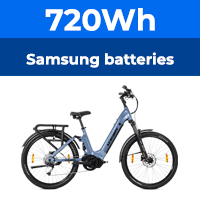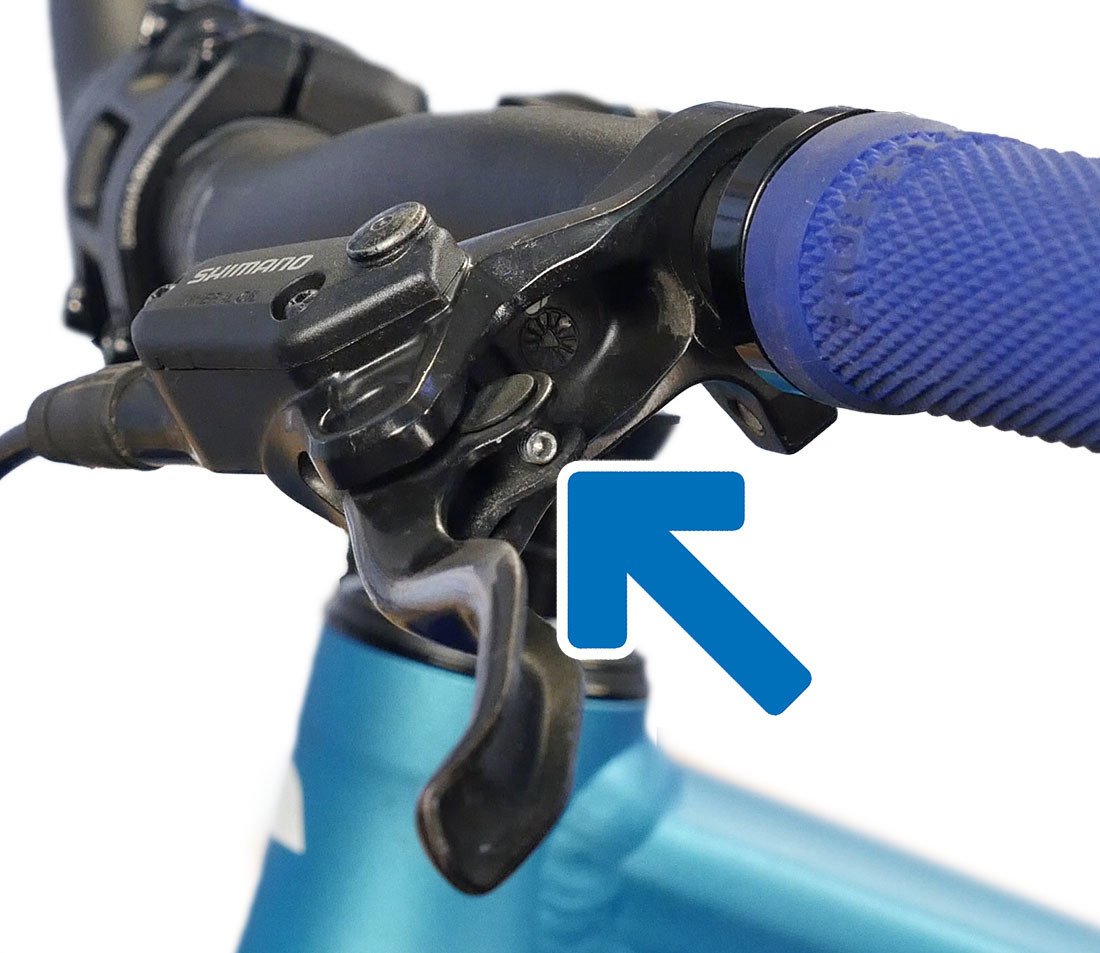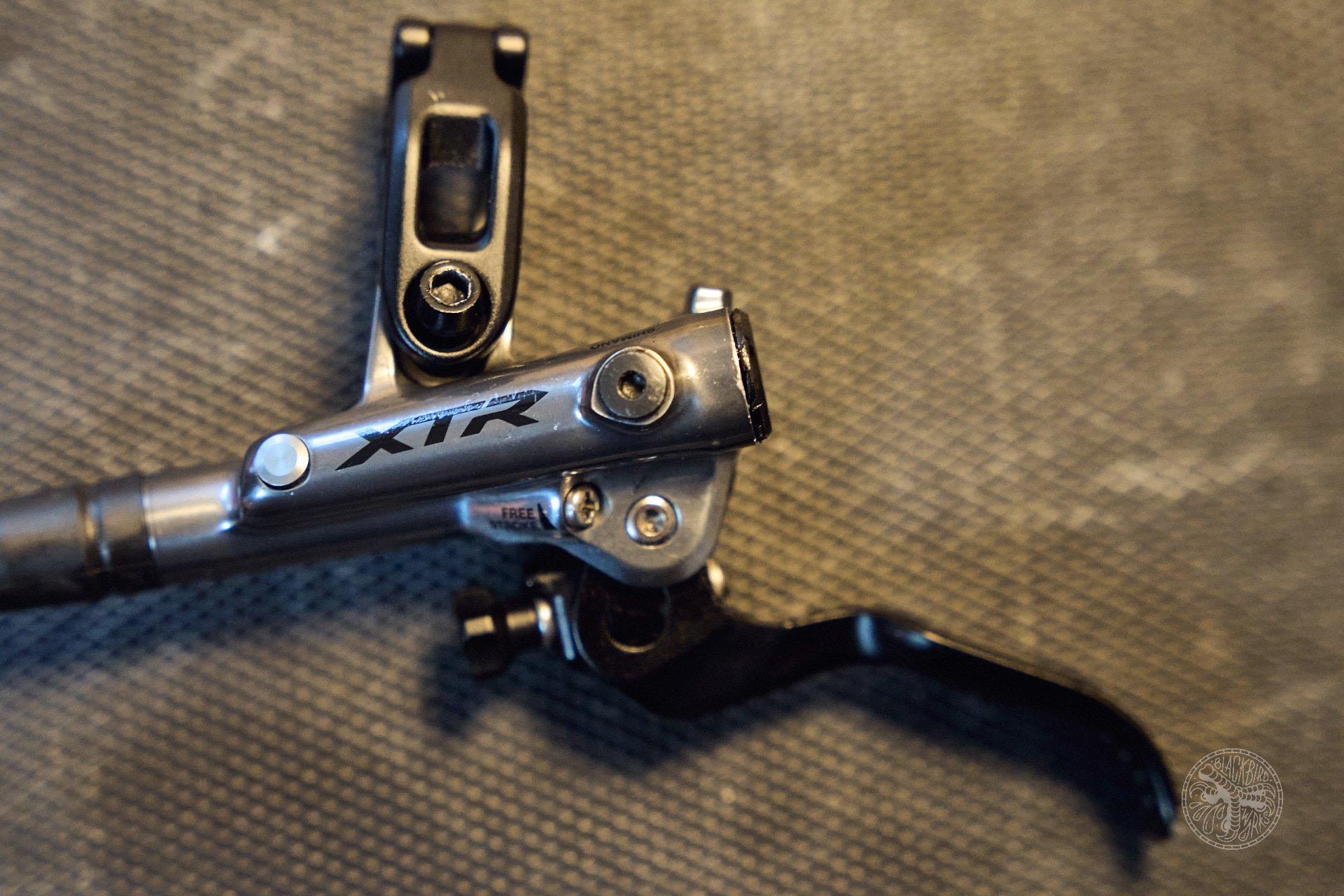Hi Everyone - long time since I posted.
My nephew is very good with bike maintenance so he serviced my Halfords Crossfuse for me, and I thought I had some new rear disc pads for him to replace. But he said they were 'wrong' I think he expected to see circular pads for the rear barkes because ceratinly the hydraulic cylinder and housing LOOK circular. The ones I must have bought years ago are genuine Shimano B01S .... are these the correct ones, because if so I will try and fit them tomorrow? Here's a picture of the rear brake itself.
Thanks
Mike

My nephew is very good with bike maintenance so he serviced my Halfords Crossfuse for me, and I thought I had some new rear disc pads for him to replace. But he said they were 'wrong' I think he expected to see circular pads for the rear barkes because ceratinly the hydraulic cylinder and housing LOOK circular. The ones I must have bought years ago are genuine Shimano B01S .... are these the correct ones, because if so I will try and fit them tomorrow? Here's a picture of the rear brake itself.
Thanks
Mike











